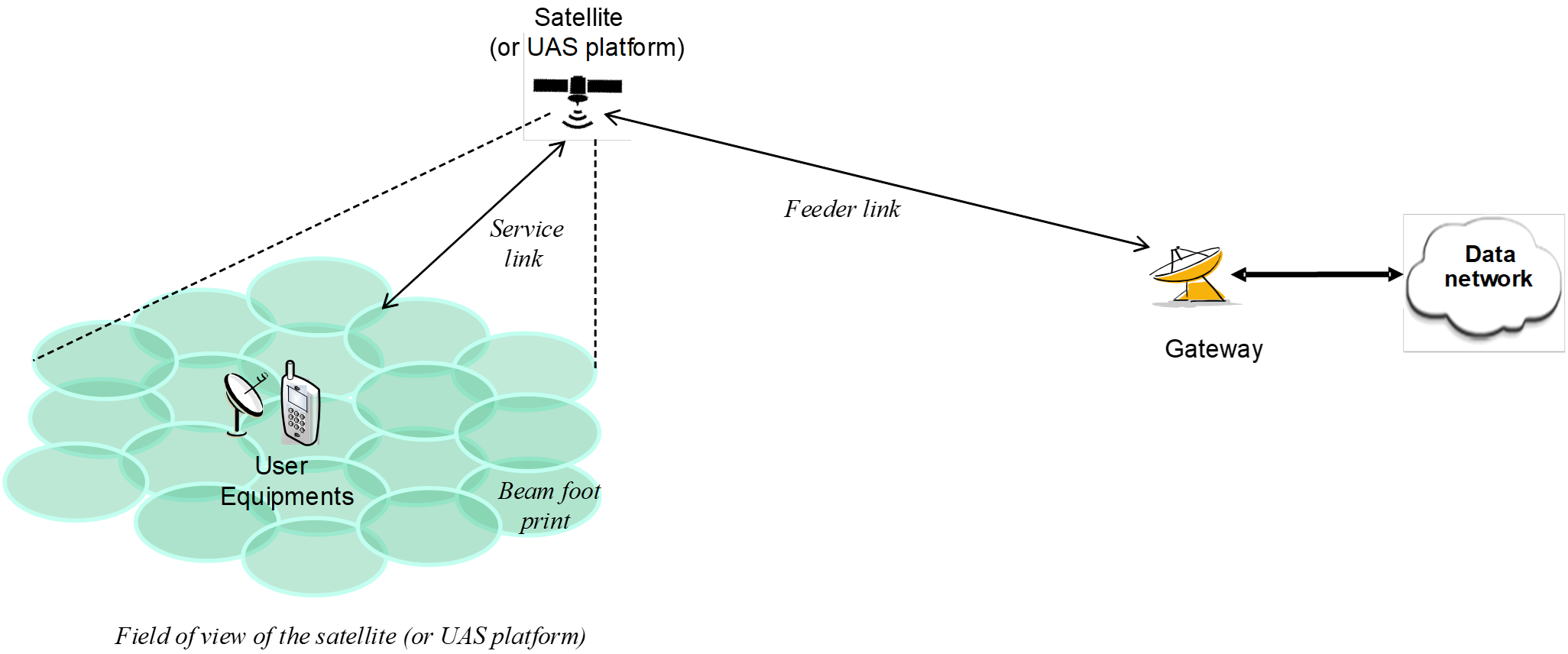Designing high-speed satellite communication links
PhD - Leuven | More than two weeks ago
Over the last decades, communication networks have grown exponentially, now offering high-speed mobile internet based on 5G and soon 6G cellular networks where wireless links are complemented by ground connections and optical fibers to interconnect all network components.
Complementary to that, telecommunication satellites are emerging as replacement for expensive and constrained sub-marine optical cables, but also, offering direct user connectivity via a dense satellite network complementing the ground base stations via non-terrestrial networks (NTN), building on the recent explosion of LEO satellites. This can both strengthen the network to support increasing traffic and serve poorly or un-connected areas.
In this PhD, you will dimension, design and optimize high-throughput links between satellite and ground users or between multiple satellites, considering the unique properties of satellite links. This will include the following:
- Investigate propagation aspects in the relevant frequency bands, especially between ground and satellites, and assess the corresponding link budget feasibility.
- Propose and dimension architectures at both sides of the link, including hybrid analog/digital multiple-antenna transceivers supporting suitable MIMO/beamforming operation and building on imec's high-efficiency power amplifier technology.
- Analyze relevant waveforms and signal processing transmit/receive algorithms, fine-tuned to the properties of space communications.
- Tackle mobility aspects and related challenges (channel estimation, beam tracking, synchronization, ...).
- Propose high-flexibility and high-throughput digital baseband architectures, considering that space payloads need to continuously adapt to changing bands of operation, fluctuating number of users and link parameters, high-speed mobile beamforming, and do so with the lowest possible power consumption.
- Investigate analog front-end non-idealities and develop corresponding digital compensation solutions where relevant.
To support this research, you will develop a detailed simulation environment in Matlab and/or Python. It will be used to evaluate the system performance and optimize the different building blocks of the system. It will require a specific channel model for satellite propagation as well as models of transmitter/receiver components.
As a PhD student, you will be part of a large imec team working on the research, implementation and prototyping of future communications systems composed of experts in digital, analog and mm-wave design, wireless communication systems, signal processing, channel modelling, or machine learning. This is a unique opportunity to develop innovative, multi-disciplinary technology and shape future wireless networks. You will publish your research in top-level journals and conferences.

Required background: Electrical engineer with expertise in wireless communications and signal processing. Knowledge of channel modelling and hardware implementation constraints is a plus. Proficiency with Matlab or Python.
Type of work: 20% literature and theory, 60% modelling and simulation, 20% design/experimental
Supervisor: Sofie Pollin
Daily advisor: Claude Desset
The reference code for this position is 2026-151. Mention this reference code on your application form.
